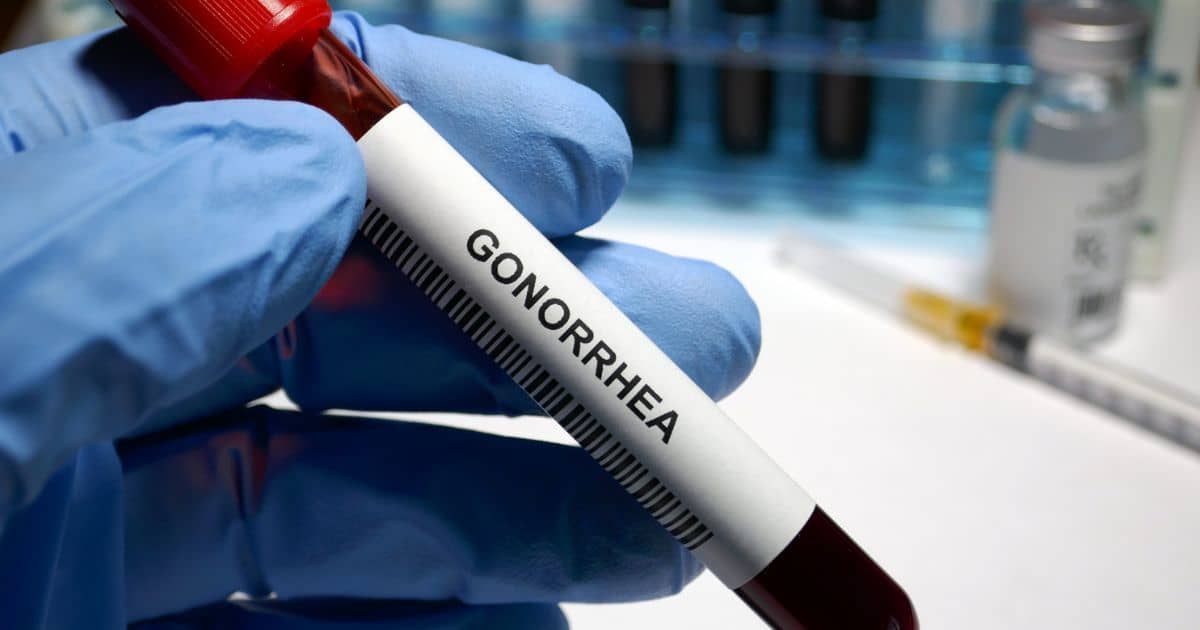Globally, a growing concern lies in the rise of multidrug-resistant gonorrhea, prompting critical questions about potential future treatments.
According to the World Health Organization (WHO), there were 82 million new cases of antibiotic-resistant gonorrhoea in 2020 alone. The emergence of antimicrobial resistance occurred soon after antibiotics were initially utilized in the treatment of gonorrhoea. Over eight decades, the Neisseria gonorrhoeae bacterium has evolved to resist an increasing array of antibiotics.
By 2006, resistance to ciprofloxacin, a commonly used antibiotic for gonorrhoea treatment, was found in almost 14% of tested gonorrhoea samples. Ciprofloxacin was largely discontinued due to its significantly decreased effectiveness among gonorrhoea-positive males who have sex with males.
In 2007, the U.S. Centers for Disease Control and Prevention stopped endorsing the use of fluoroquinolones in treating gonorrhoea due to the significant reduction in cephalosporin susceptibility, leading to revised treatment guidelines introduced in 2010.
To this day, the gonorrhoea bacterium has taken on resistance to widespread antibiotics like penicillin, tetracycline, quinolones, sulphonamides, and macrolides. Cephalosporins remain a final safeguard, as gonorrhoea has earned the ominous label of a multi-drug resistant organism.
Despite these developments, there is a sliver of hope. New reports indicate a novel antibiotic could potentially be a powerful weapon in combating antibiotic-resistant gonorrhoea.
Revolutionary Antibiotic Emerges as a Potent Weapon Against Gonorrhoea
Clinical research demonstrates the high effectiveness of a new antibiotic for the treatment of uncomplicated gonorrhoea.
Currently, gonorrhoea is the second most widespread STD in the US, as well as numerous other parts of the world. This is a main reason why the scientific community has been working hard to identify a new treatment option, bound to at least minimise the effect of the incredible drug resistance that the bacterium has developed.
Results from the clinical trial of zoliflodacin were released in December 2023. The drug’s effectiveness for the treatment of gonorrhoea was clearly established and it is comparable to the results achieved through the administration of the most prominent “traditional” antibiotics for the treatment of the STD.
This is the largest late-state clinical trial to deliver such vital information.
Zoliflodacin is the result of work completed in a collaboration between the Swiss non-profit Global Antibiotic Research & Development Partnership and a US-based pharmaceutical company.
When administered for the treatment of gonorrhoea, zoliflodacin delivers good results and reduces the risk of the further spread of the antibiotic-resistant bacterium. It can even eradicate gonorrhoea that has become fully resistant to azithromycin and ceftriaxone. The antibiotic “attacks” the bacterium in an innovative way, which eliminates the issues stemming from the antimicrobial resistance it has developed over the decades.
This antibiotic is bound to become the first new treatment option for gonorrhoea formulated in decades. A few additional stages will still need to be completed before the antibiotic gets approval for commercial use but some estimates suggest all of these administrative steps could be dealt with by the end of 2024. Zoliflodacin could become available on the market as early as 2025.What Is Zoliflodacin?
Zoliflodacin is an experimental antibiotic especially developed for the treatment of drug-resistant gonorrhoea.
It works by inhibiting the bacterium’s type II topoisomerases – enzymes needed to separate bacterial DNA. By employing this mechanism, the antibiotic inhibits cellular replication.
The clinical study mentioned above was carried out in five countries and zoliflodacin was administered to 930 people – the largest sample of gonorrhoea patients to be enrolled in a trial so far.
Until recently, the development of new antibiotics was considered a mission impossible. The process is far too expensive, which means the end product is going to be unaffordable for the general population that’s intended as a recipient.
The development of zoliflodacin employs a new model that’s meant to keep the production costs as low as possible.
The Global Antibiotic Research & Development Partnership receives funding by the European Union and numerous Group 20 countries. The non-profit has covered all of the costs linked to carrying out the Phase 3 clinical trial. In exchange, it holds the license for the sales of zoliflodacin once the antibiotic becomes available on the market. The US pharmaceutical company involved in the development will hold the rights for several other high priority markets.
Such models ensure the easy distribution of new antibiotics and the maintenance of affordability. The importance of public-private partnerships will continue growing, especially when it comes to medications that aren’t linked to massive profits. Single-dose antibiotics are such products, which is why pharmaceutical companies haven’t had that profound of a research and development interest.
Getting Tested for Gonorrhoea Now Prevents Complications Later on
Gonorrhoea is very widespread and still curable and the only way to find out they’ve become infected is via gonorrhoea testing from a clinic like Shim Clinic. Research suggests that up to 77 per cent of gonorrhoea cases are asymptomatic. The absence of symptoms, however, doesn’t eliminate the risk of complications in the future. Untreated gonorrhoea can lead to infertility in both men and women, joint problems and skin issues. Contact us now.

